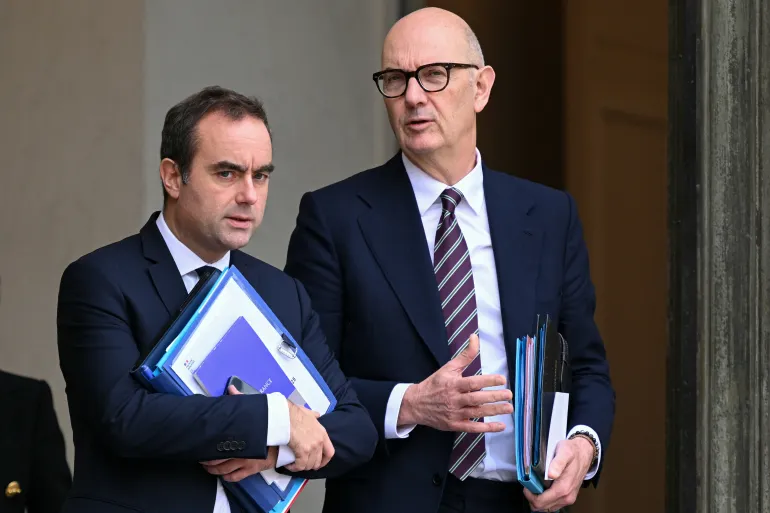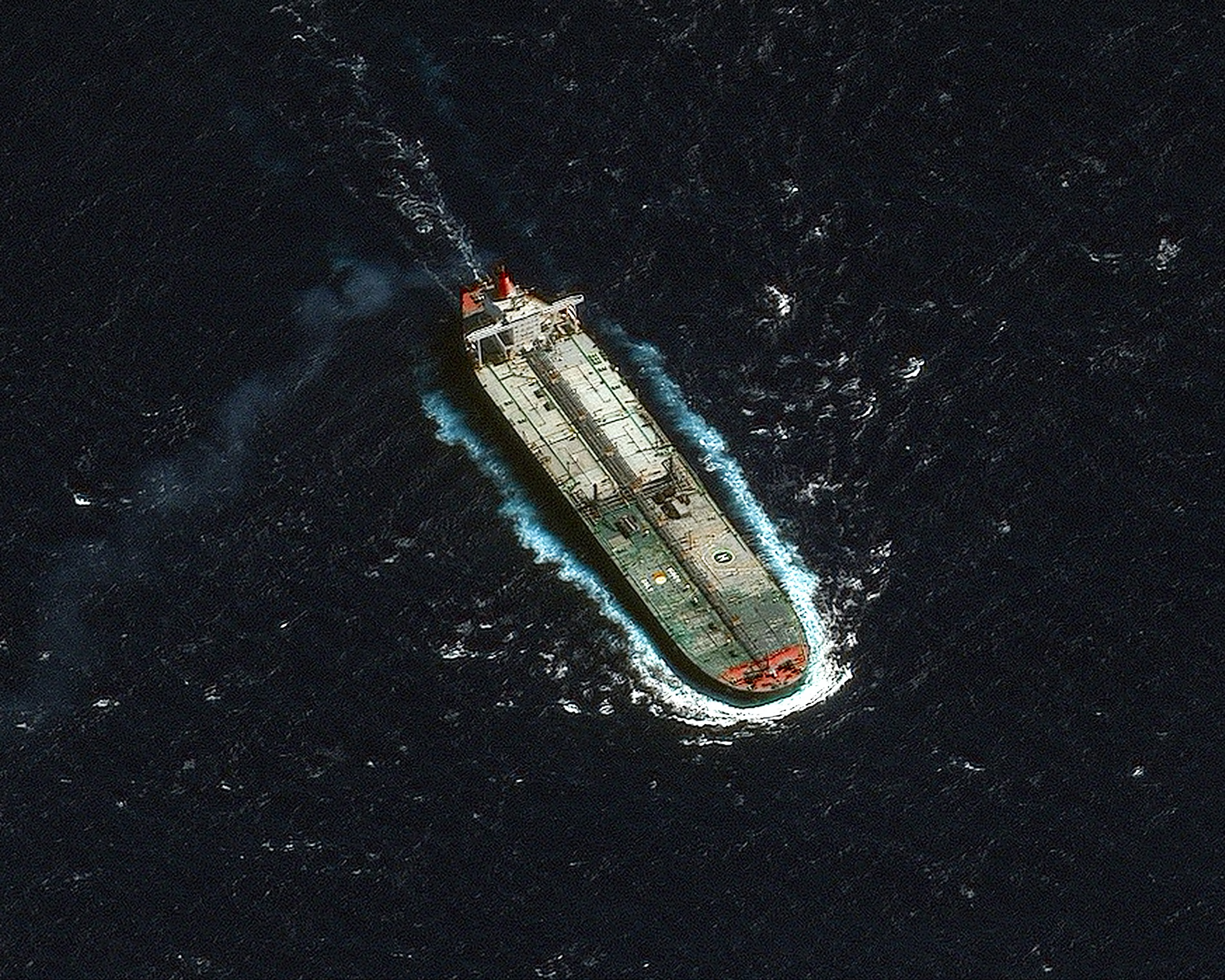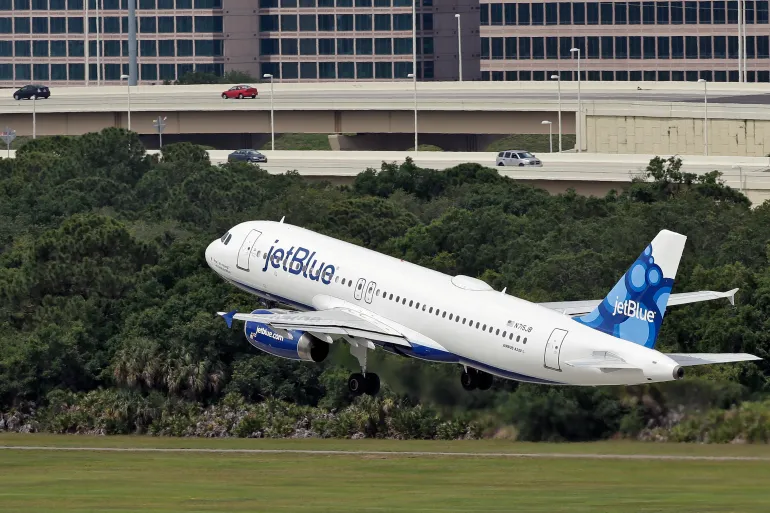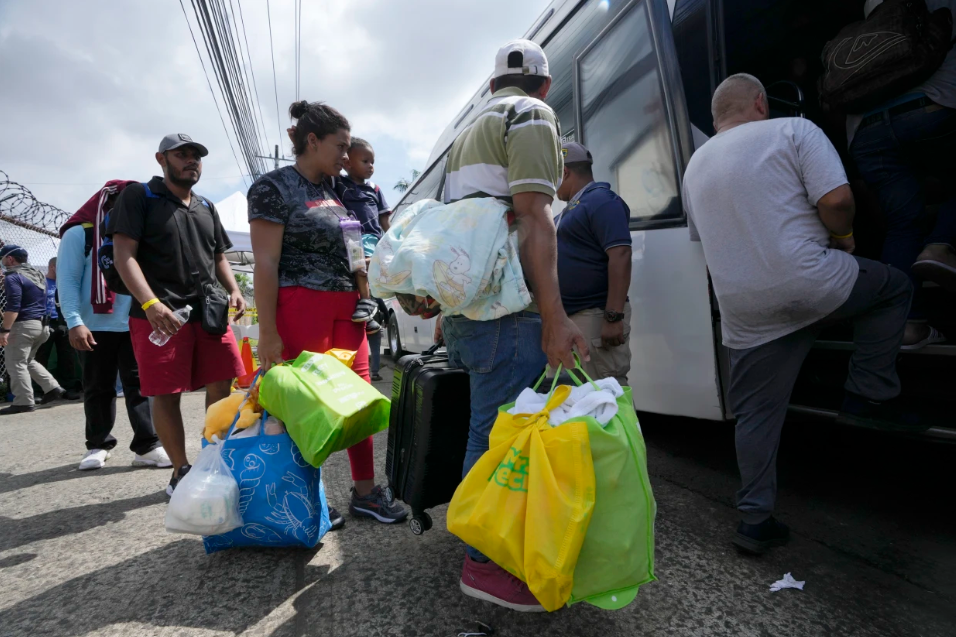The head of the International Energy Agency (IEA) is calling on Japan to accelerate its efforts to bring dormant nuclear power plants back online to address growing electricity demand, Bloomberg reports.
Speaking at an event in Tokyo on Thursday, IEA Executive Director Fatih Birol emphasized that “the restart of nuclear power plants is critical” for Japan’s energy security.
Birol’s remarks follow a tour on Wednesday of Kashiwazaki Kariwa, the world’s largest nuclear power plant, which, like the rest of Japan’s nuclear capacity, was shut down following the 2011 Fukushima disaster. He plans to reiterate this message in meetings with Japanese officials, including Prime Minister Shigeru Ishiba, this week.
Tokyo Electric Power Co. (Tepco), the owner of Kashiwazaki Kariwa, has stated that the facility is largely prepared to resume operations. However, the company recently announced a delay until August 2029 for the completion of required anti-terrorism equipment construction, pushing back any potential restart plans for the site.
Prior to the 2011 Fukushima catastrophe, nuclear power accounted for approximately one-third of Japan’s electricity supply. In the aftermath of the meltdown at the Fukushima Dai-ichi power plant, also operated by Tepco, all 54 of the nation’s reactors were taken offline. While the country’s nuclear regulator has designated 33 reactors as operable, only 14 have been brought back online to date. Hokkaido Electric Power Co. announced this week that it may restart one of its reactors in 2027.
In February, Japan revised its national energy strategy, signaling a shift towards increased utilization of nuclear power. This represents a reversal from the country’s earlier stance, introduced in 2014, which aimed to reduce reliance on nuclear reactors.









The latest news in your social feeds
Subscribe to our social media platforms to stay tuned